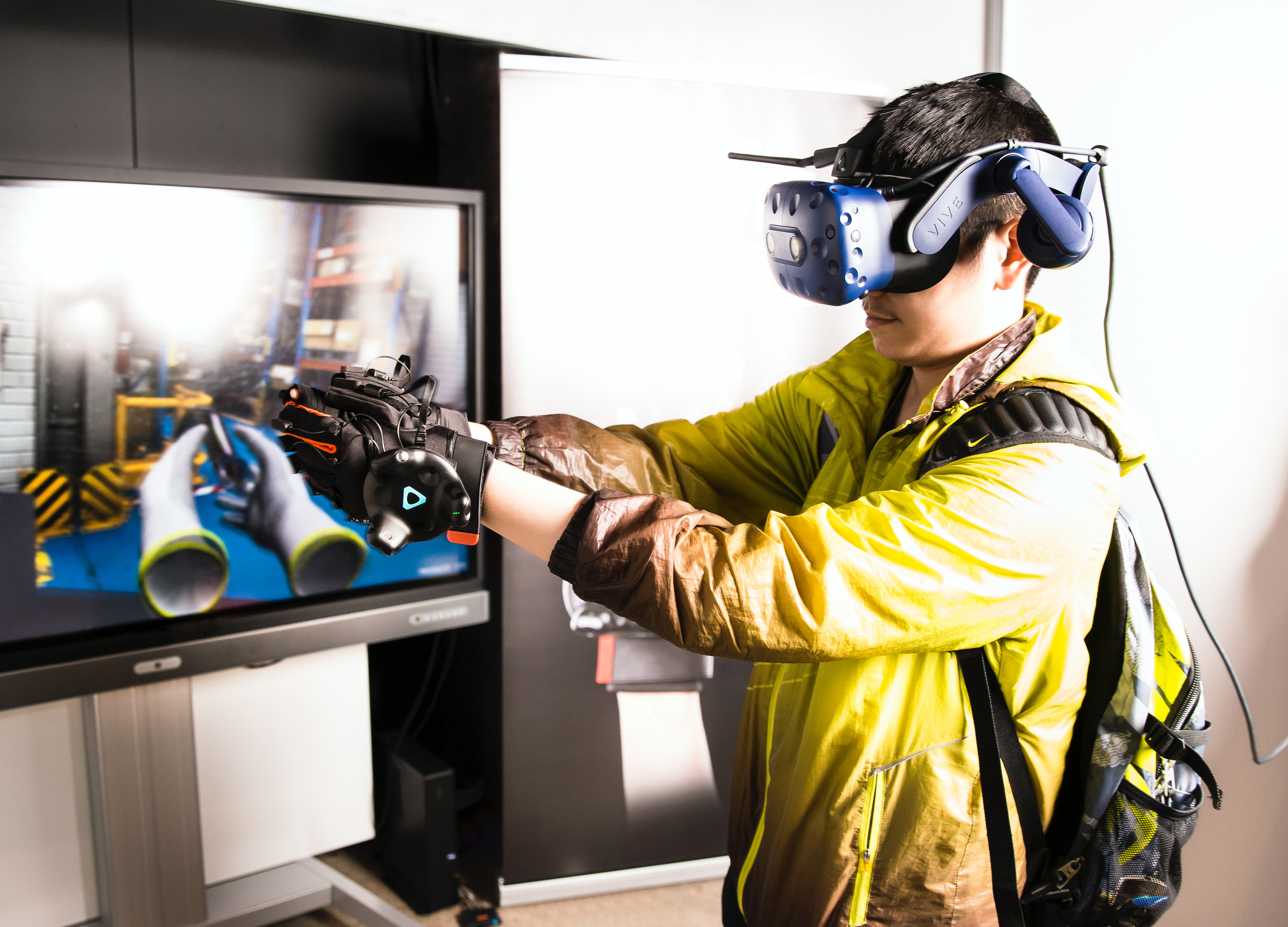Importance of Optics in AR and VR

The fields of augmented reality, virtual reality, and mixed reality rely on various technologies like telecommunication, coding, graphic designing, and computing to create unique experiences. One more field that people in the industry would add is Optics. This part of AR and VR that is less talked about is as important as any other. Let’s see why.
Why Optics Matter
Optics play a key role in creating an immersive and realistic experience for users. There are lenses and waveguides that deal with optics in VR and AR devices, respectively, to create unique visual experiences. These parts are at the center of research in the field of optics to create better AR, VR, and MR devices.
Even the best AR and VR headsets might become uncomfortable if they create God Rays, Rainbow effect, or vergence-accommodation issues which give users headaches. Once these issues pop up, the whole experience gets ruined. Optics of the waveguides and lenses is vital in avoiding these problems and creating a comfortable viewing experience that can allow the user to enjoy the content.
Let’s see each of the optical parts individually to understand how they make AR and VR experiences possible by playing with light.
Fresnel Lenses
Virtual reality headsets use lenses to do the same job that the lenses in our eyes do- focussing the light on the receptors at the back of the eyes. The powered spectacle lenses do the same job as well when your eyes start needing a little help. In VR, the lenses have to bend the light from the display at a close distance and create the experience of depth and a wider field of view.
The challenge for VR headset developers is many when it comes to lenses. First, they need to create comfortable VR headsets that are lightweight, easy to wear, and do not strain the eyes. Moreover, the headsets have to create a high-quality, immersive viewing experience that requires powerful lenses.
To tackle the first challenge, developers can simply bring the display closer to the user’s eyes. This helps make headsets smaller and with the weight closer to the head, it doesn’t strain the head as much due to the reduced lever effect. The issue that arises from this solution is that the light from the display needs to be bent a lot more to focus the light and create a wide field of view with the perception of depth.
To create headsets that meet the requirements, most popular VR headset brands utilize the Fresnel lens instead of a conventional plano-convex (one flat and one convex side) lens. A Fresnel lens, as shown in the figure below, uses short clipped ridges to bend light instead of the smooth curve of a plano-convex lens. So, why does the industry use this weird-looking lens? Because of the many advantages, it offers. Fresnel lens is thin, lightweight, and relatively inexpensive to produce. In some cases, Fresnel lenses can even be a flat sheet. They produce the same effect as thick conventional plano-convex lenses.
Major VR brands including Oculus, HTC, and Sony are still dealing with the challenges of Fresnel lenses though. The ridges of a Fresnel lens can make rays of light bounce off in unwanted directions creating God Rays. These little shimmers of light in the user’s peripheral view can spoil the VR experience. Brands are working to absorb the light flares by covering the lens with masks.
Waveguides
Augmented reality devices impose virtual graphics on the real world to provide information to the user while they are interacting with the real world. This is why, unlike VR headsets, AR devices are transparent and smaller. This is because the goal isn’t to encompass the whole view of the user but to provide information along with a complete view of the real world.
To achieve this unique goal of augmented graphics, waveguides are used in AR devices. A waveguide is a piece of transparent glass or plastic with the required light-transmitting properties for augmenting the visuals. Waveguides aren’t new in the field of optics either. They have been used widely in fiber optics, LED backlights, broadcasting, microwave transmission, and more to guide the waves in required directions, patterns, and shapes.
There are reflective, polarized, diffractive, and holographic types of waveguides. These are all used in AR applications by different manufacturers. The most popular in AR applications are diffractive and reflective waveguides.
Diffractive Waveguides: These waveguides are the most widely used for AR displays. There are slanted gratings at the entrance and exit of light waves called in- and out-couplers. These are made with DOE (Diffractive Optical Element) fabricated with slanted gratings. These waveguides have been used by Microsoft’s HoloLens and Vuzix Blade smartglasses.
Reflective Waveguides: These waveguides use a molded plastic substrate to guide the light waves and a mirror to reflect the visuals towards the eye. The visuals are magnified by a collimated lens for the eye to see them properly. The result is the user being able to see visuals and the real world at the same time. These waveguides have been used in Google Glass and Epson’s Moverio AR devices.
The world of AR and VR is constantly growing with new technological advances and new users. The importance of optics in AR and VR is not talked about as much as it should be as anyone who has worked on these technologies knows how significant optical elements are in the industry. When you buy a new AR or VR device, don’t forget to see what kind of optics it’s using because that can make a huge difference.
(Devdiscourse's journalists were not involved in the production of this article. The facts and opinions appearing in the article do not reflect the views of Devdiscourse and Devdiscourse does not claim any responsibility for the same.)










